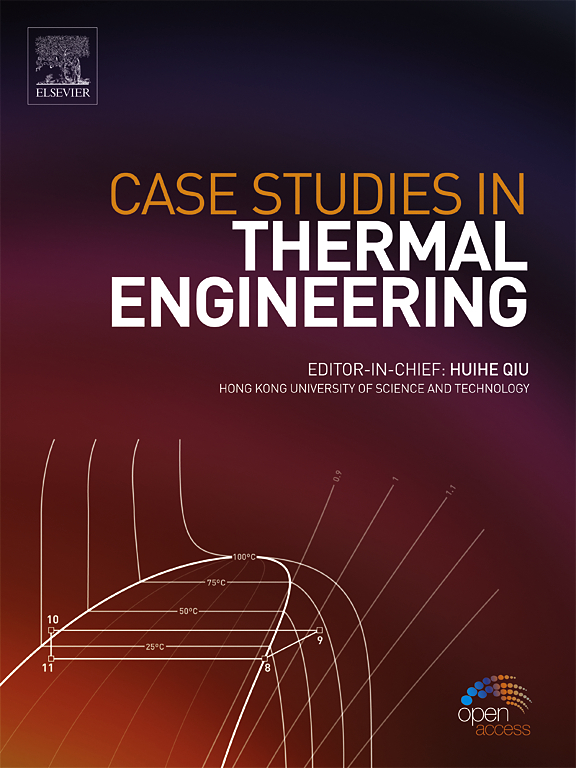高层建筑跨区域分层火灾烟气扩散瞬态网络模型
IF 6.4
2区 工程技术
Q1 THERMODYNAMICS
引用次数: 0
摘要
目前,对高层建筑火灾中烟雾扩散的研究主要集中在有限区域内的单层烟雾扩散,较少关注着火层和竖井区域共同作用下的烟雾扩散。此外,有关火灾蔓延的研究往往侧重于可燃材料和建筑结构的组成,而忽视了自然通风。针对上述问题,我们提出了一种基于多区域集成和复杂控制参数的分层烟雾扩散瞬态网络模型(CLDTN)。该模型考虑了受火源和通风影响的着火层烟气分层模式,以及受烟囱效应影响的竖井垂直分层模式,通过烟气耦合实现了跨区域烟气分层和扩散建模。CLDTN与火灾动力学模拟器(FDS)的烟气传播对比实验表明,CLDTN的计算时间效率更高,模型精度更高。本文章由计算机程序翻译,如有差异,请以英文原文为准。
A transient network model for cross-regional layered fire smoke diffusion in high-rise buildings
At present, research on smoke diffusion in high-rise building fires mainly focuses on the single smoke layer propagation within a limited area, with less attention paid to the smoke propagation under the joint action of the fire floor and the vertical shaft area. Moreover, research on fire spread often focuses on the composition of combustible materials and building structures, neglecting natural ventilation. To address the above issues, we propose a transient network model for layered smoke diffusion (CLDTN) based on multi-region integration and complex control parameters. This model considers the smoke stratification mode of the fire floor affected by the fire source and ventilation, as well as the vertical stratification mode of the shaft affected by the stack effect, achieving cross-regional smoke stratification and diffusion modeling through smoke coupling. Then, a time-dependent transient network model is used to analyze furniture materials and open ventilation conditions of doors and windows, and a differential equation for energy conservation in multiple scene layers is constructed to analyze the dynamic behavior of smoke propagation.
The comparative experiment of smoke propagation between CLDTN and the Fire Dynamics Simulator (FDS) shows that CLDTN is more efficient in computation time and the model is more accurate.
求助全文
通过发布文献求助,成功后即可免费获取论文全文。
去求助
来源期刊

Case Studies in Thermal Engineering
Chemical Engineering-Fluid Flow and Transfer Processes
CiteScore
8.60
自引率
11.80%
发文量
812
审稿时长
76 days
期刊介绍:
Case Studies in Thermal Engineering provides a forum for the rapid publication of short, structured Case Studies in Thermal Engineering and related Short Communications. It provides an essential compendium of case studies for researchers and practitioners in the field of thermal engineering and others who are interested in aspects of thermal engineering cases that could affect other engineering processes. The journal not only publishes new and novel case studies, but also provides a forum for the publication of high quality descriptions of classic thermal engineering problems. The scope of the journal includes case studies of thermal engineering problems in components, devices and systems using existing experimental and numerical techniques in the areas of mechanical, aerospace, chemical, medical, thermal management for electronics, heat exchangers, regeneration, solar thermal energy, thermal storage, building energy conservation, and power generation. Case studies of thermal problems in other areas will also be considered.
 求助内容:
求助内容: 应助结果提醒方式:
应助结果提醒方式:


